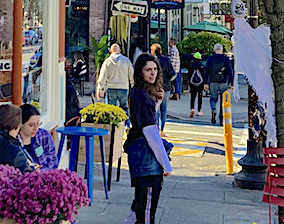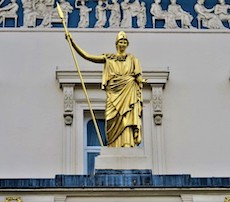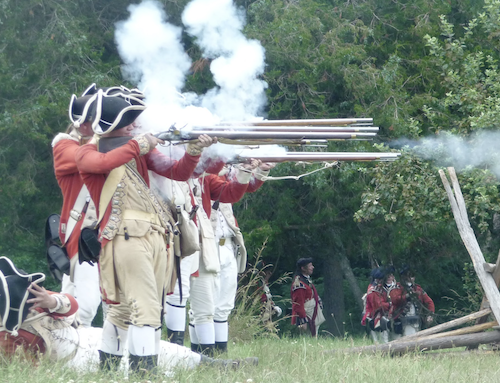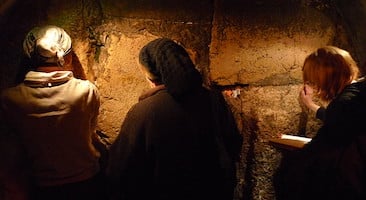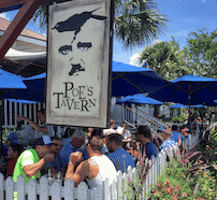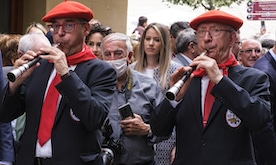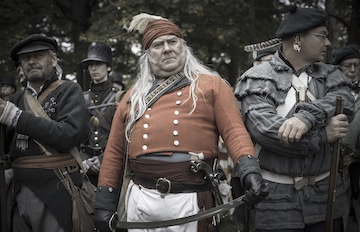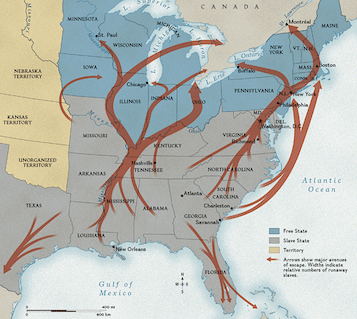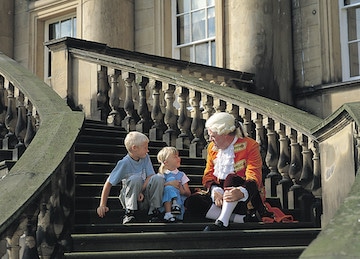Yorkshire is the United Kingdom’s largest county–about 3.6 million acres—and boasts a turbulent history that rivals entire European nations. In the late Middle Ages, the city of York was second only to London in status and wealth. Today, Yorkshire’s rolling hills are dotted with great houses and the ruins of once-magnificent abbeys. The Transylvanian Count Dracula emerged from his coffin-ship on Yorkshire’s North Sea shore. No matter the political, economic, or religious tumult that rolled northward, Yorkshire retained its stunning natural beauty. Yorkshire’s dales and moors are inspiration for several of the English-speaking world’s greatest novels. Some far-flung parts of Yorkshire have earned the moniker “God’s Own Country” for their curiously enticing bleakness. Yorkshire began life as the seat of Roman operations in Britannia (71-400AD) and, for much of the 9th century, was home to Danish Vikings. That era collapsed with the arrival of the Normans, followed by the disastrous “Harrying of the North” by William the Conqueror’s troops. (The Danes lost, badly.) Norse heritage lives on in place names like Whitby, Sheffield, Scarborough, and, according to some recent scholarship, in the very physiognomy of Yorkshire’s people.



